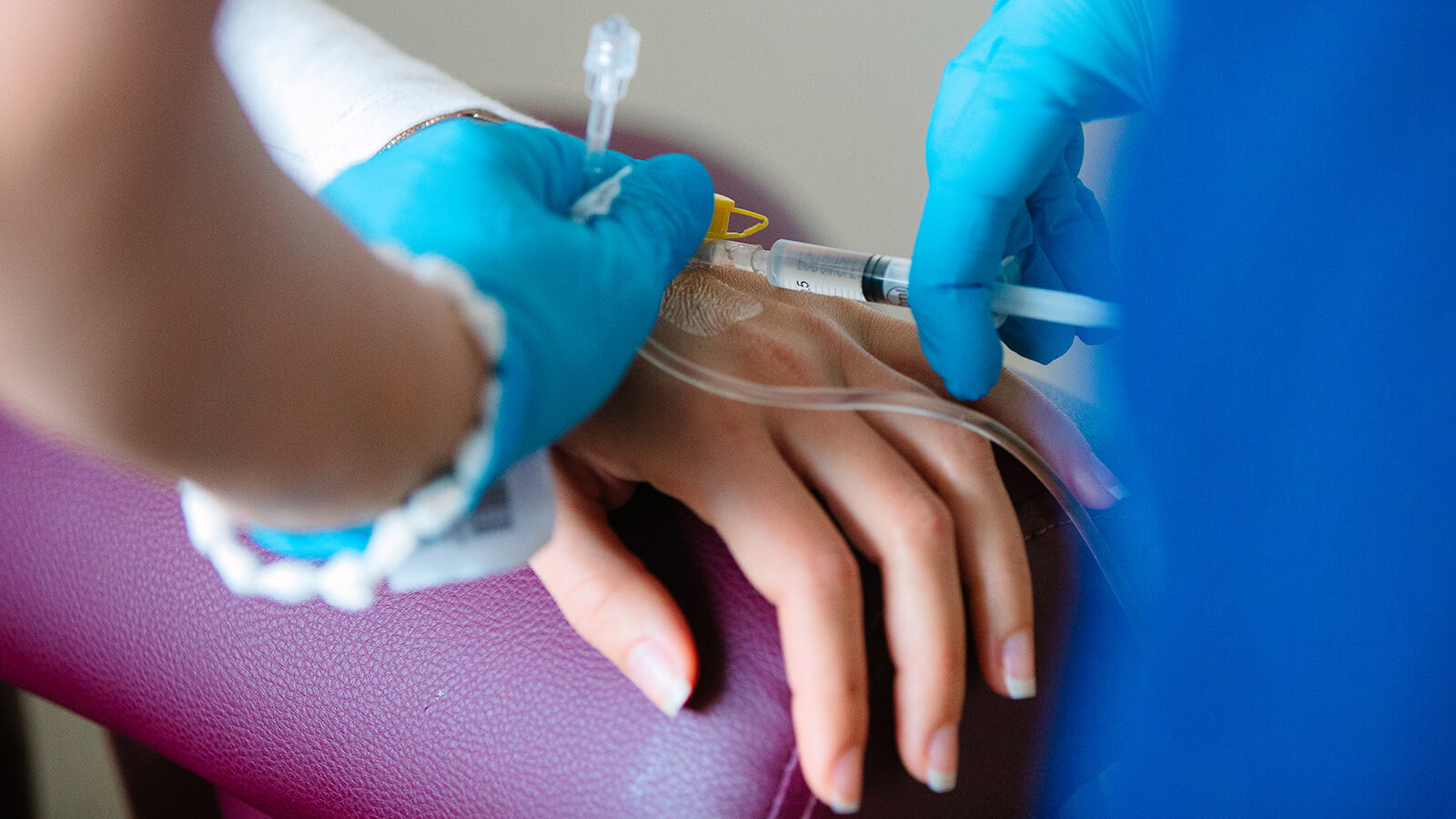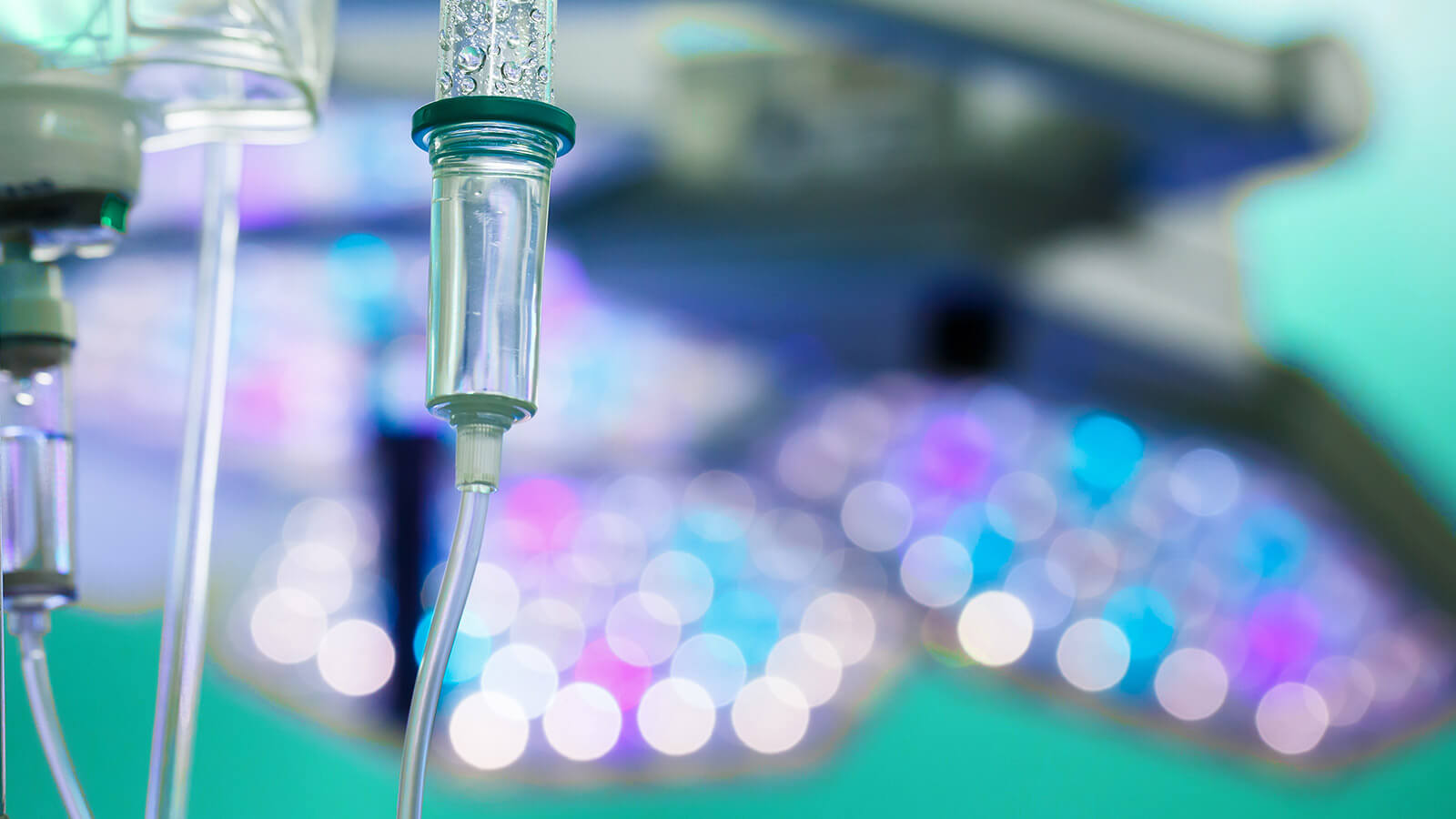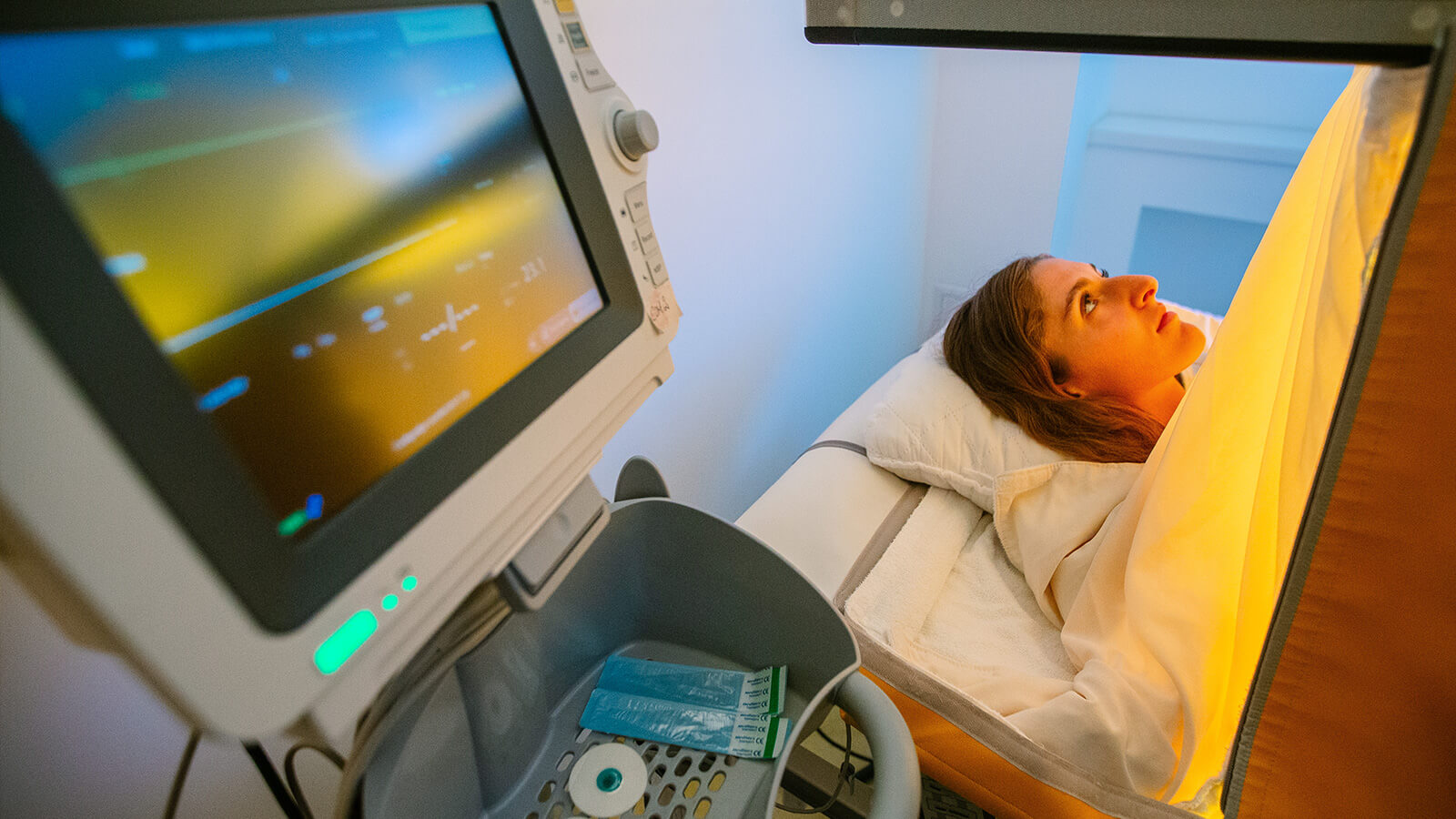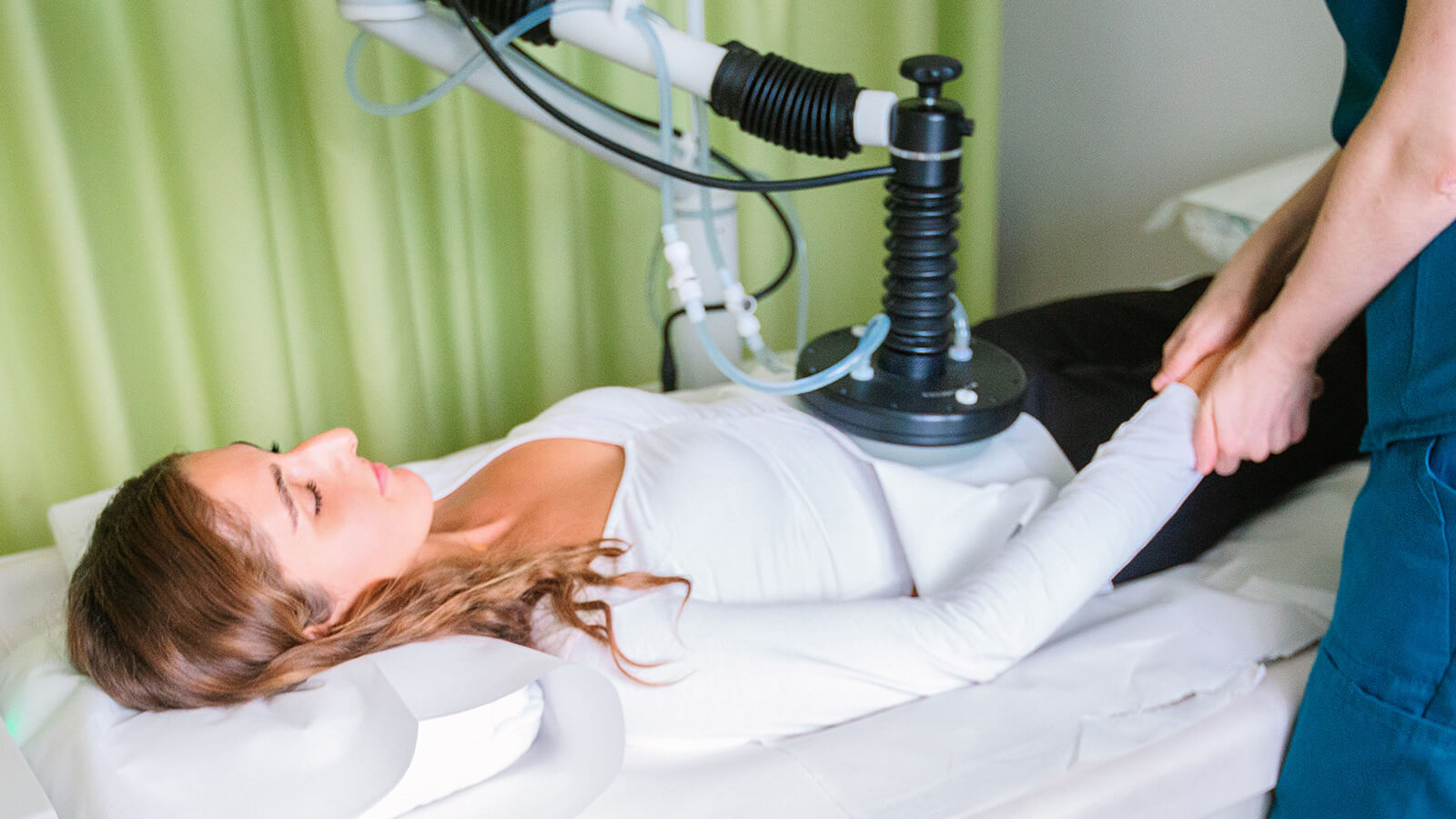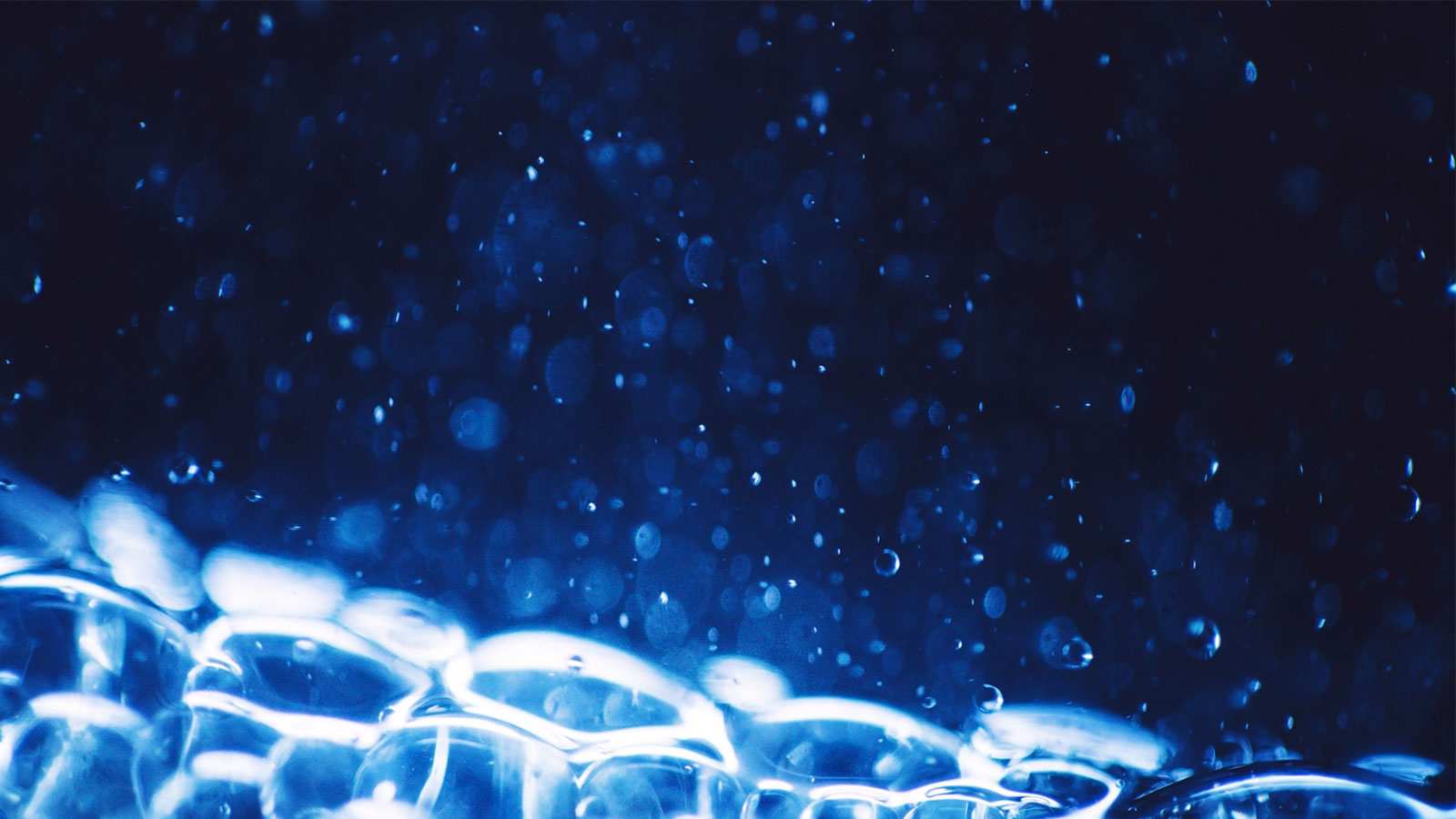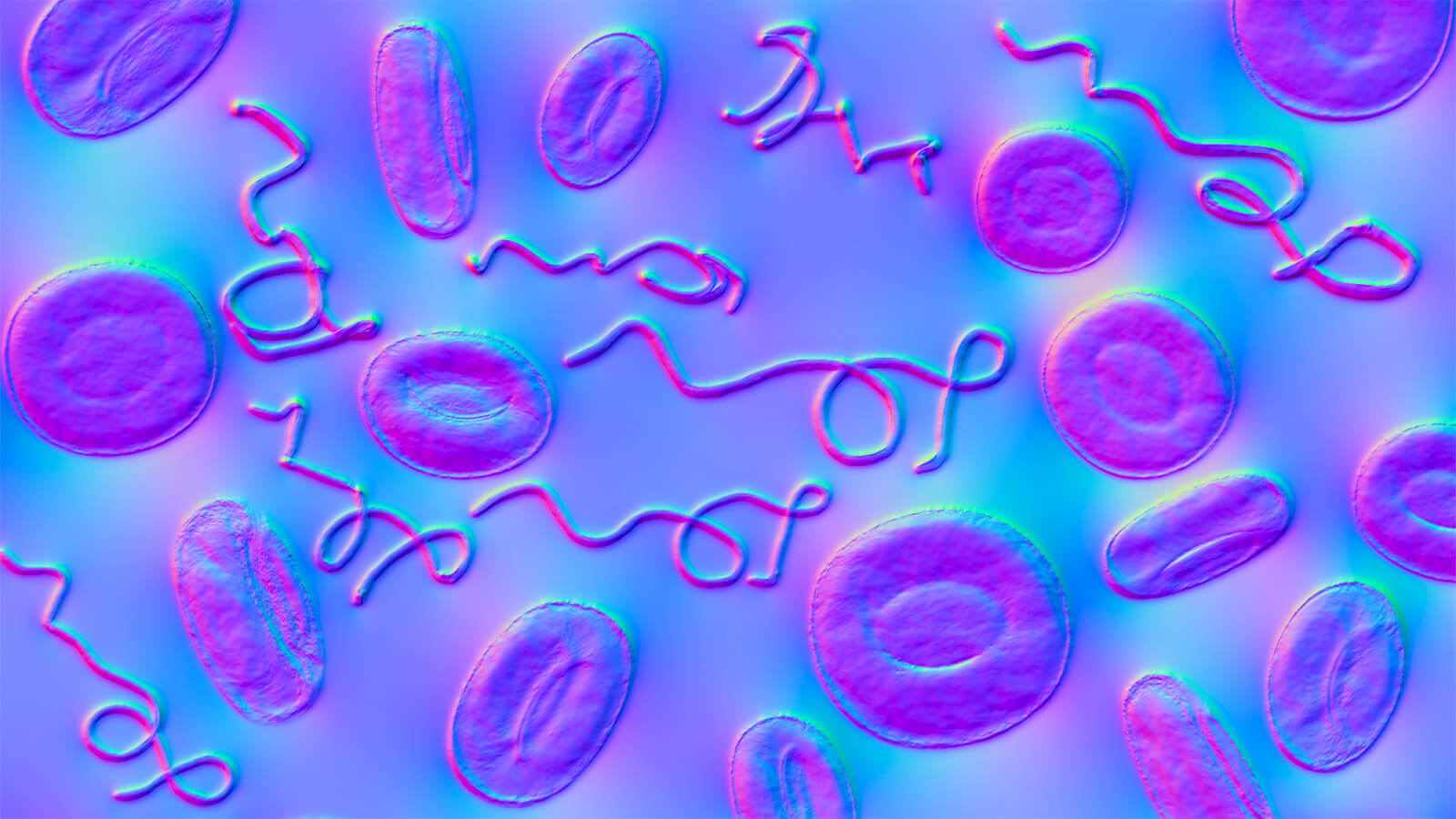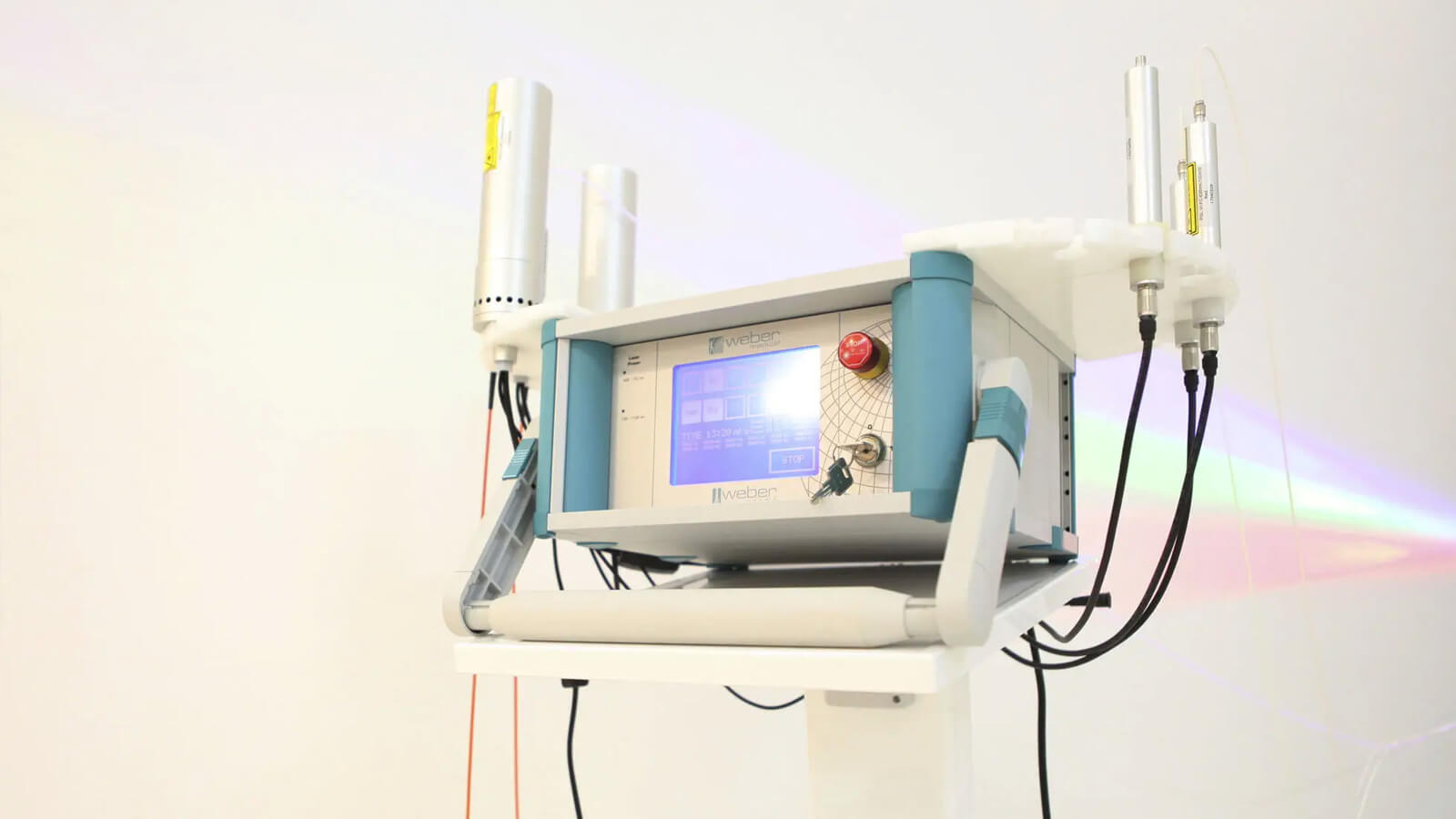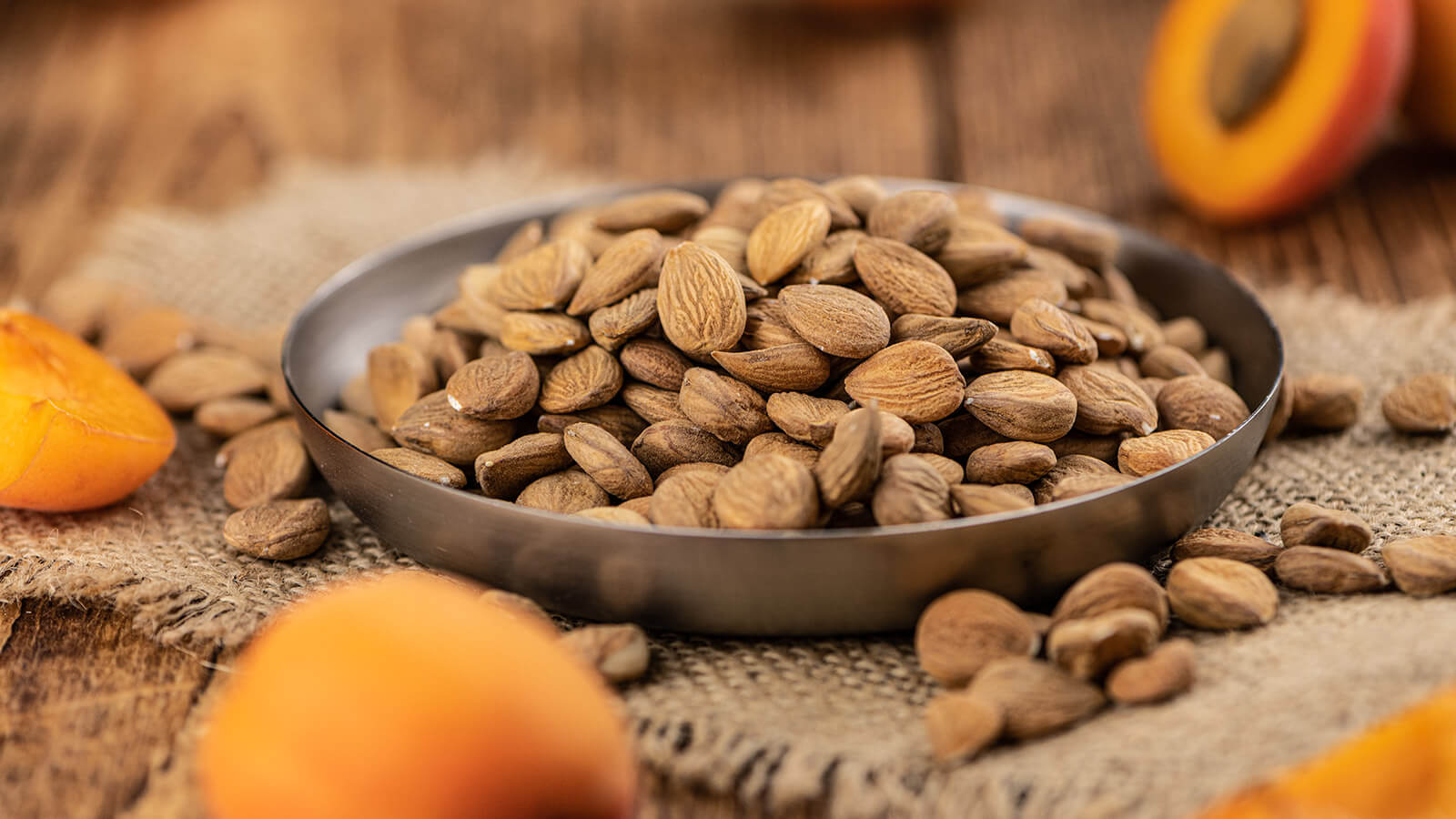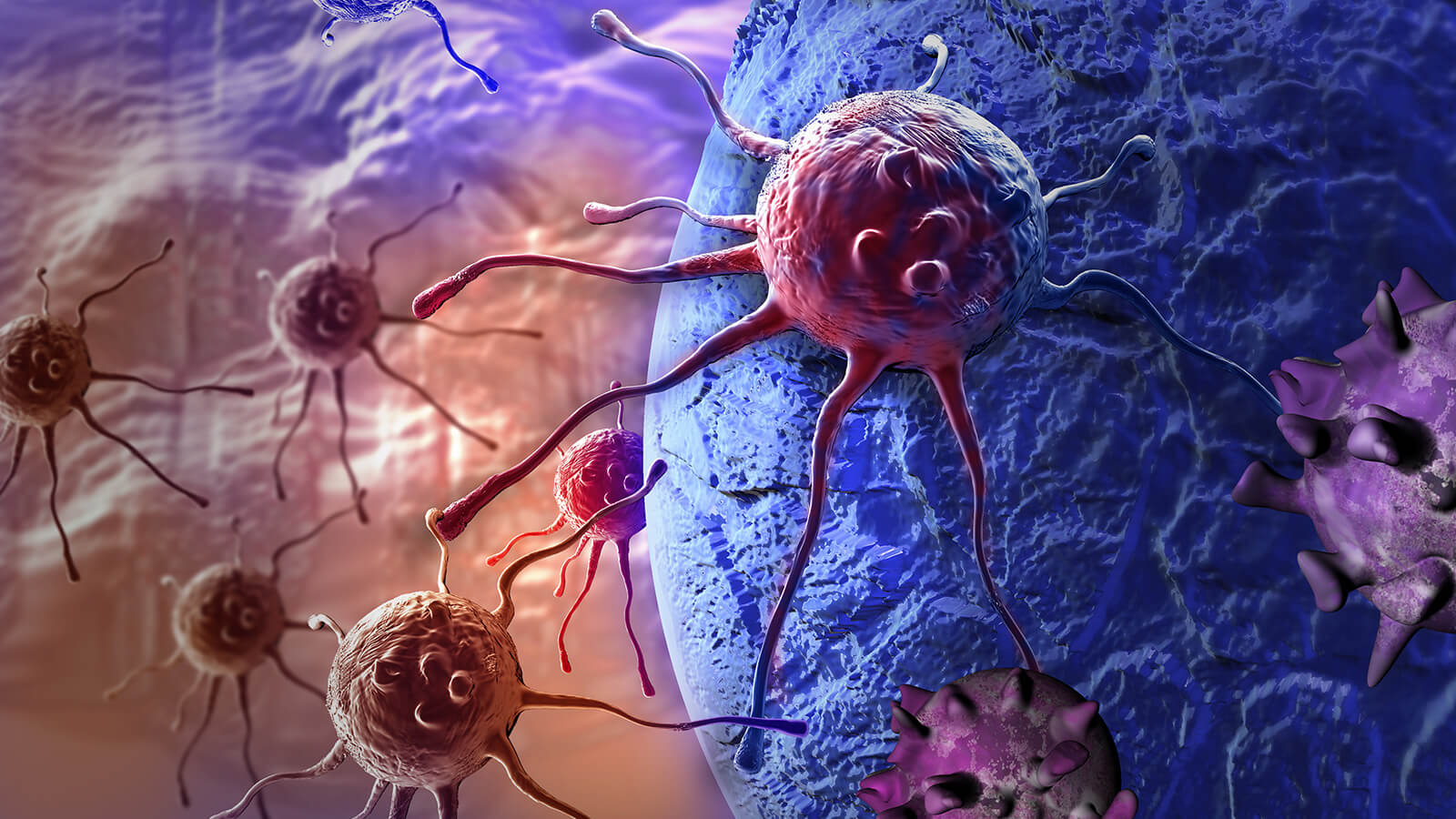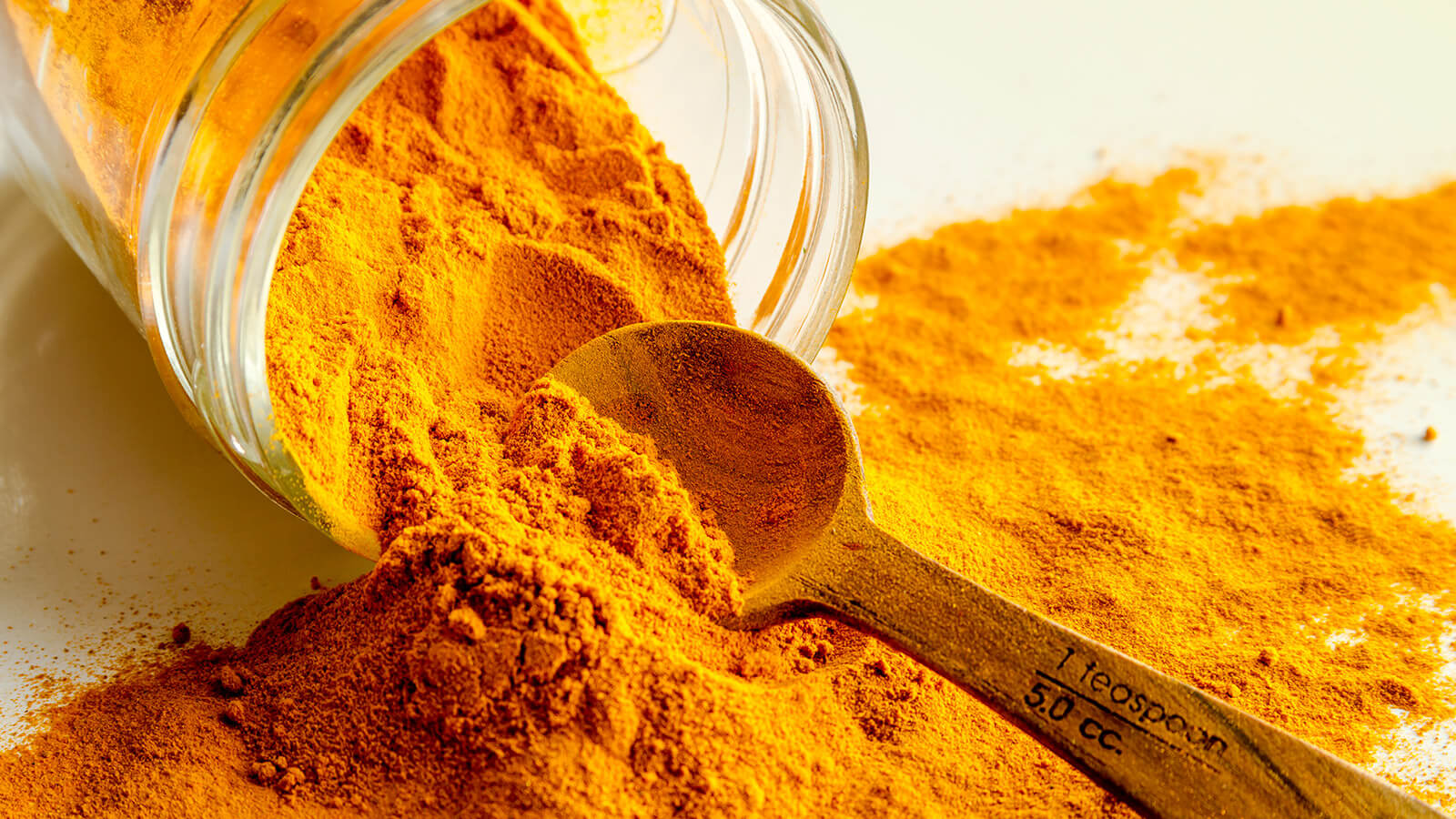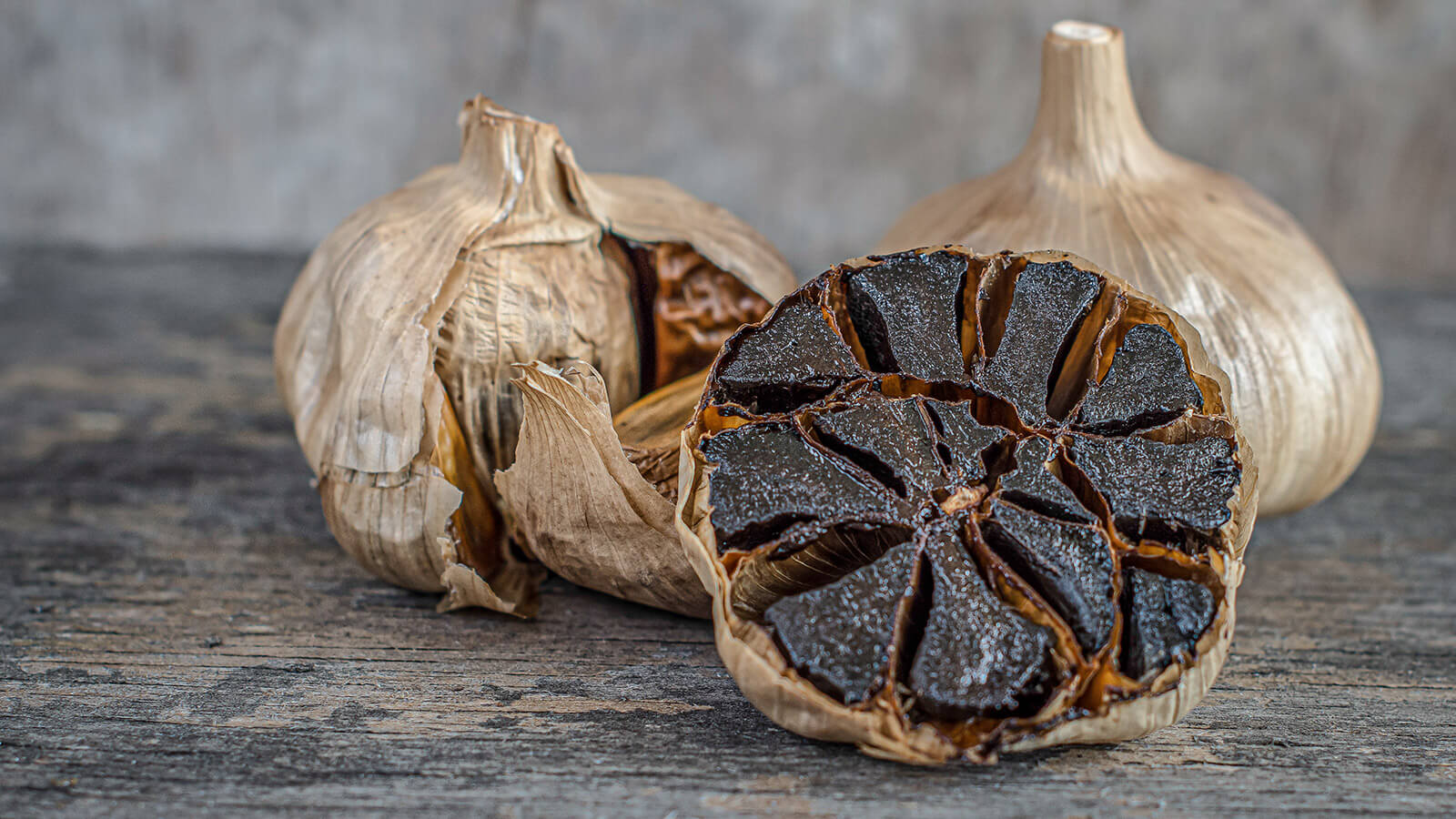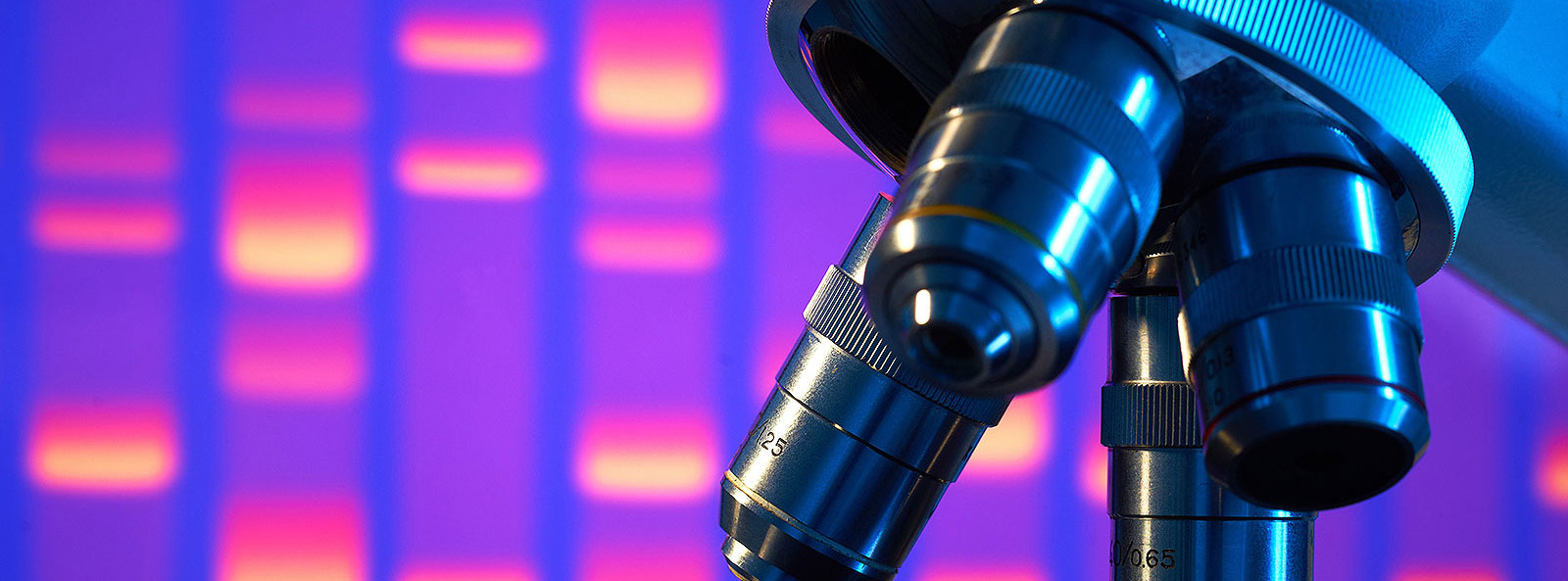
Photodynamic Therapy (PDT)
Photodynamic therapy, applied at ImunoMedica clinic, represents an efficient approach for treating cancer. In contrast to standard chemotherapy, this method doesn't impact the immune function; instead, an immunization phenomenon is observed following the utilization of this technique. Thus, photodynamic therapy proves to be a viable option even for immunosuppressed patients.
At the ImunoMedica clinic, the patient receives a photosensitizing agent either intravenously or directly into the tumor. This photosensitizer binds specifically to the altered pathological tissue. Following a specific interval, light is applied using a laser at an appropriate wavelength, either intravenously or externally.
This light is absorbed by the targeted cells, triggering the production of reactive oxygen species that ultimately lead to the destruction of tumor cells through processes such as apoptosis, necrosis, or alteration of tumor vascularization.
Photosensitizers
currently used orally
or by infusion
- riboflavin
- hypericin
- Chlorine E6
- indocyanine green
- curcumin
Recommendations
Applications of photodynamic therapy
in the ImunoMedica clinic
Principles
A description of photodynamic cancer therapy used in combination with liposomal indocyanine green as a photosensitizer and infrared laser light, ultrasounds, and shock waves as stimulators.
*
Weberneedle® Endo laser interstitial photodynamic therapy in breast cancer
Practical application of photodynamic therapy with infrared laser light (100 mW, 810 nm) after administration of liposomal indocyanine green as a photosensitizer in breast cancer.
*
External photodynamic therapy for squamous cell carcinoma of the tongue and lymph node metastases
Clinical application of external infrared laser therapy (100 mW, 810 nm) after delivery of liposomal indocyanine green as a photosensitizer via laser shower.
Colours
-
Infrared 810 nm
Indocyanine green (ICG) absorbs light in the infrared spectrum.
-
Red 635 and 658 nm
Chlorin E6 is combined with the red laser.
-
Blue 405 and 447 nm
447 nm blue laser can be used as a photosensitizer in combination with riboflavin or curcumin.
-
Yellow 589 nm
Hypericin, derived from St. John's wort, is the most potent natural photosensitizer, absorbing yellow light (590 nm).
-
UV 375 nm
Ultraviolet light deactivates pathogens and stimulates the immune system.
Bibliography
Hamblin, Michael R. "Photodynamic therapy for cancer: what's past is prologue." Photochemistry and photobiology 96.3 (2020): 506-516.
Mansoori, Behzad, et al. "Photodynamic therapy for cancer: Role of natural products." Photodiagnosis and photodynamic therapy 26 (2019): 395-404.
Muniyandi, Kasipandi, et al. "Role of photoactive phytocompounds in photodynamic therapy of cancer." Molecules 25.18 (2020): 4102.
Debele, Tilahun Ayane, Sydney Peng, and Hsieh-Chih Tsai. "Drug carrier for photodynamic cancer therapy." International journal of molecular sciences 16.9 (2015): 22094-22136.
Sobhani, Nafiseh, and Ali Akbar Samadani. "Implications of photodynamic cancer therapy: an overview of PDT mechanisms basically and practically." Journal of the Egyptian National Cancer Institute 33.1 (2021): 1-13.
The therapeutic solutions we provide
Comprise a wide range of conventional, adjuvant and supportive therapies, which integrate medical concepts that have been built on a sturdy scientific basis and on the clinical experience of numerous cancer specialists worldwide.
ImunoMedica patients have access to the latest diagnostic tools, technologies and innovations as well as to the latest and best treatments available, as soon as these are proven to be safe and effective.
How can you become a patient of our clinic?
Throughout the whole process, from your initial contact, through treatment and after you leave our clinic, our patient coordinators will guide you through the steps and support you with all their expertise, attention and kindness.
*
We are here to help you
Our patient coordinator will contact you soon
Phone: +40.771.518.946, e-mail: office@imuno-medica.ro

